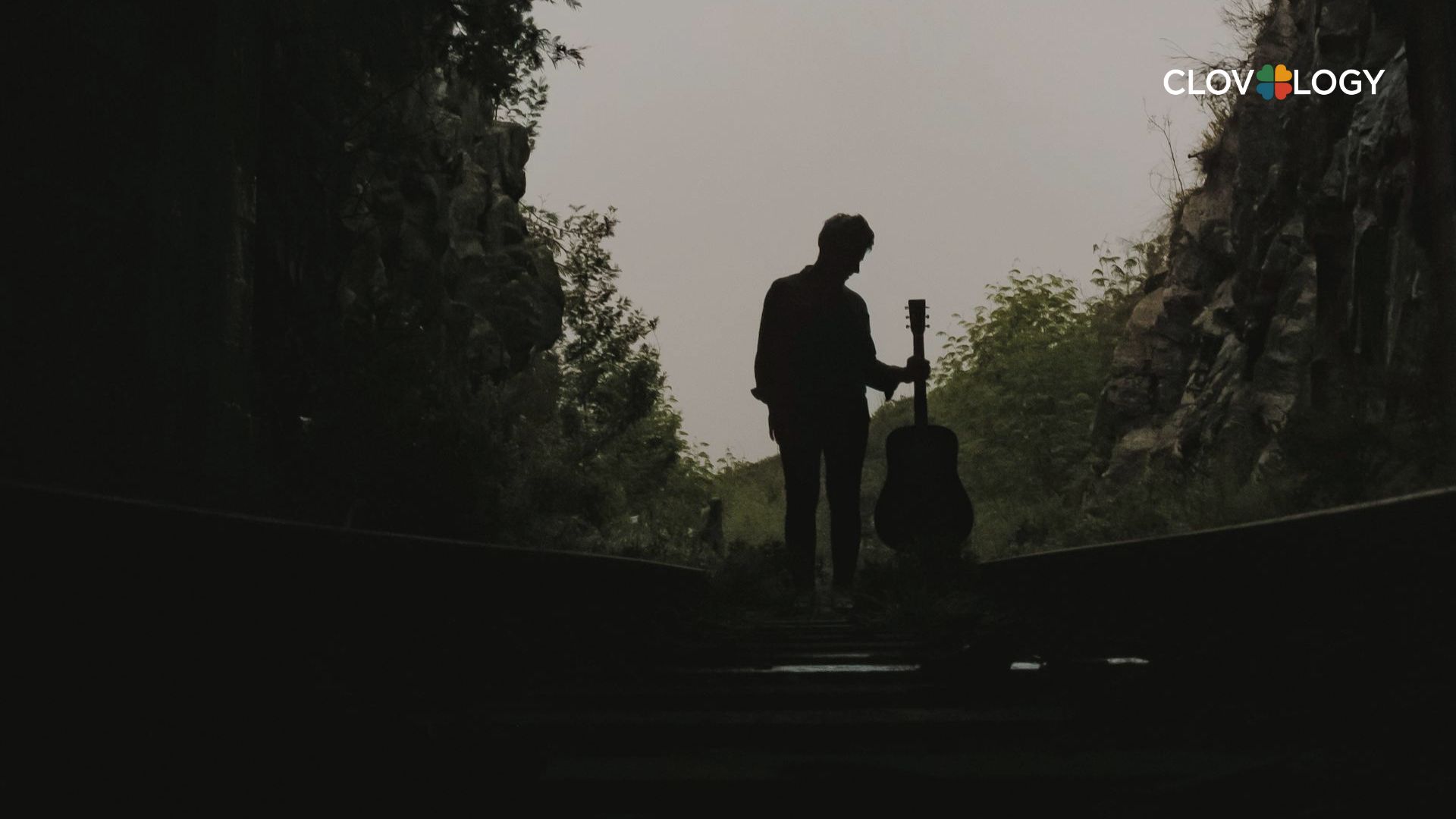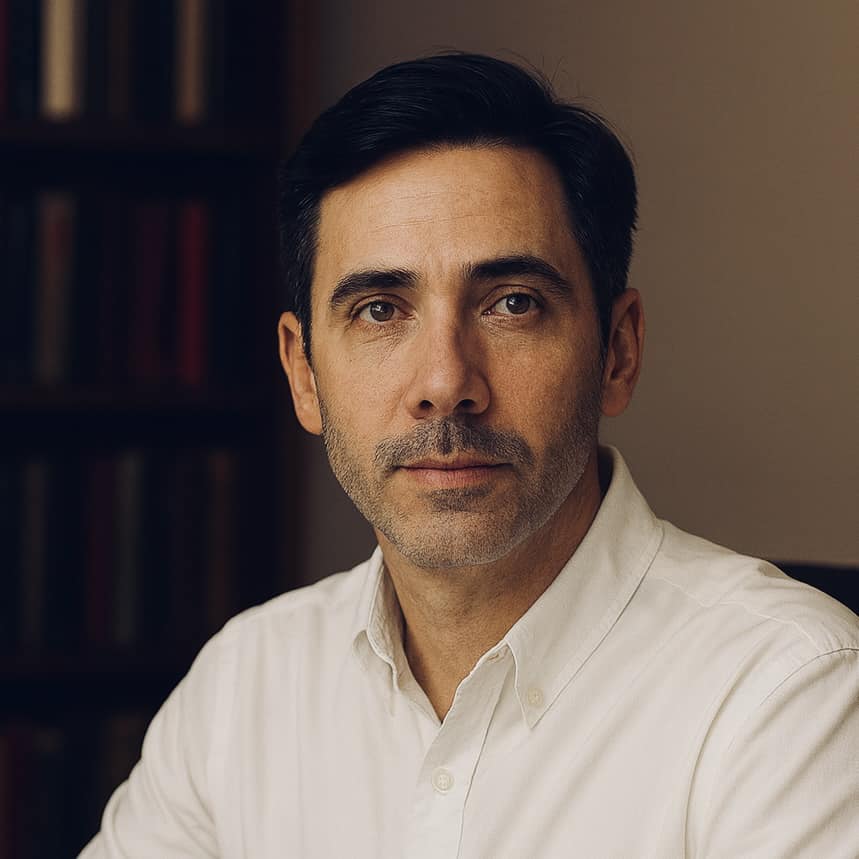Picture this: you’re sipping your morning coffee, scrolling through your phone, and a question pops into your head: What is freedom, really? Is it the ability to pack up and travel without a care? Or is it that quiet sense of peace when you know you’re in control of your life, no matter what’s going on around you? For many of us between 18 and 45, freedom feels like it’s just out of reach – squeezed between bills, career demands, and the pressure to keep up with everyone else’s highlight reel online. But here’s the truth: a free life isn’t a far-off fantasy or something reserved for the lucky few. It’s something you can build, piece by piece, starting today.
In this article, we’re diving into the Four Pillars of Freedom – the essential foundations for answering questions like “what is freedom?” and “how to live a free life.” These pillars are Freedom of Thought, Freedom of Choice, Freedom of Responsibility, and Freedom from Oppression. They’re not just abstract ideas; they’re practical tools to help you create a life that’s meaningful and truly yours. Whether you’re chasing financial independence, rethinking your career, or just craving more clarity, these pillars offer a roadmap to a life where you call the shots. Let’s explore what a free life looks like and how you can start living it.
Understanding Freedom: More Than Just Doing What You Want
So, what is freedom? In America, we often tie it to the idea of independence – being able to chase your dreams without someone telling you what to do. But for many of us in our 20s, 30s, or early 40s, freedom can feel like a buzzword that doesn’t quite match reality. Between student loans, long work hours, and the constant pressure to “have it all,” it’s easy to feel more trapped than free. The definition of freedom isn’t one-size-fits-all – it changes depending on where you are in life. For a college grad, it might mean paying off debt to gain financial freedom. For someone in their 30s, it could be escaping the grind of a job that doesn’t spark joy. And for those hitting their 40s, it might mean redefining what success looks like beyond a paycheck.

What ties these together is the idea that a free life isn’t about having no limits – it’s about navigating those limits with purpose. The Four Pillars of Freedom give you the tools to do just that. They answer questions like “how to live a free life” by focusing on your inner mindset, your ability to make choices, your accountability, and the environment you live in. Think of them as the building blocks for a life where you feel empowered, not overwhelmed. Ready to see how they work? Let’s start with the first pillar.
Pillar 1: Freedom of Thought – Your Mind, Your Power
Freedom begins in your head. That’s where Freedom of Thought comes in – the foundation of a truly free life. This pillar is about having a mind that’s yours alone, not shaped by what others expect or what the internet tells you to think. In a world full of noise – ads, social media, endless opinions – it’s easy to lose track of your own voice. But what is freedom if you’re just following someone else’s script? Freedom of Thought means daring to question, to dig deep, and to figure out what you truly believe.
Imagine you’re in your 20s, feeling pressured to buy the latest gadget because everyone on social media has it. Freedom of Thought is the moment you pause and ask, “Do I really need this, or am I just chasing a trend?” It’s about exploring who you are and what matters to you. Maybe you realize you’d rather save that money for a trip that lights you up, or you decide to prioritize mental clarity over material stuff. This pillar is also about breaking free from doubts and fears – like the nagging worry that you’re not good enough to switch careers or try something new.

In practice, Freedom of Thought looks like small, intentional steps. Try jotting down your thoughts in a notebook to clarify your goals, or take a quiet walk to reflect on what drives you. For many Americans juggling busy lives, this might mean carving out time to unplug – maybe turning off your phone for an hour to think without distractions. The important things for a free life start here, with a mind that’s clear and confident. When you free your thoughts, you set the stage for real choices, making every decision feel like it’s truly yours.
Pillar 2: Freedom of Choice – Shaping Your Own Path
Once your mind is free, you need the power to act on it. That’s where Freedom of Choice comes in – the ability to decide your own path, from the big stuff like your career to the everyday moments that define your life. What is a free life without choices? In a society that often nudges us toward “safe” options – a steady job, a predictable routine – this pillar is about creating a life that reflects you, even if it looks different from everyone else’s.
For those of us in our 20s, 30s, or 40s, choices are where dreams meet reality. Maybe you’re a young professional debating whether to stay in a corporate job or start a side hustle that excites you. Or perhaps you’re choosing between settling down in one place or living as a digital nomad, working remotely while exploring new cities. Freedom of Choice isn’t about making reckless moves – it’s about making intentional ones that align with what you value most.

Picture a woman in her 30s who’s always loved photography but works in finance. She decides to take a weekend course to hone her skills, not because it’s “practical,” but because it brings her joy. That’s Freedom of Choice in action – taking a step toward what lights you up, even if it’s scary. But let’s be honest: choices aren’t always easy. With the average American carrying over $30,000 in student debt, financial pressures can make you hesitate. The definition of freedom here is having options and the courage to pick one. To make it happen, try setting small goals – like saving $50 a month for that passion project or researching flexible work options. The important things for a free life include knowing you can choose, even when the path isn’t straight. This pillar turns “what if” into “let’s do this,” giving you the power to shape your future.
Pillar 3: Freedom of Responsibility – The Balance That Keeps It Real
Here’s where things get grounded: Freedom of Responsibility. Freedom doesn’t mean doing whatever you want without consequences – it means owning your choices and their impact. What is a free life if your actions hurt others or leave you in a mess? This pillar is like the guardrail that keeps your freedom from spinning out of control, ensuring it’s sustainable for you and those around you.
In our fast-paced lives, it’s tempting to chase freedom without thinking about the fallout. Maybe you splurge on a big purchase, only to stress about bills later. Or you speak your mind online but end up in a heated argument that leaves everyone worse off. Freedom of Responsibility is about recognizing that every choice has a ripple effect. It’s choosing to save for the future instead of overspending, or having a tough conversation with a friend to strengthen your bond rather than avoid conflict.

Think of a young entrepreneur who quits their job to start a business. They’re free to chase that dream, but they also have to manage the risks – late nights, tight budgets, and the chance of failure. That’s what makes their freedom real: they’re not just dreaming, they’re doing the work to make it happen. For many Americans, this pillar shows up in everyday moments, like sticking to a budget to achieve financial freedom or volunteering in your community to give back. Surveys show that younger generations value purpose-driven lives, and responsibility is key to that. The important things for a free life include setting boundaries – like saying no to extra work hours to protect your time – or owning up when you make a mistake. This pillar makes freedom lasting, turning your choices into a life you’re proud of.
Pillar 4: Freedom from Oppression – The World That Lets You Thrive
Finally, none of the other pillars can stand without Freedom from Oppression. What is freedom if you’re held back by unfair systems or barriers? This pillar is about living in an environment where you’re not crushed by external forces – whether that’s financial hardship, workplace unfairness, or other constraints. It’s the foundation that makes thought, choice, and responsibility possible.
For Americans in their 20s, 30s, and 40s, this pillar is deeply relevant. Imagine trying to chase your dreams when you’re drowning in medical debt or stuck in a job that undervalues you. Freedom from Oppression means having access to opportunities – like education, healthcare, or fair pay – that let you live a free life. It’s about being able to speak your mind without fear, whether that’s sharing an idea at work or standing up for what you believe in your community.

Picture a single parent working two jobs to make ends meet. When they get access to affordable childcare or a better-paying opportunity, they suddenly have room to breathe – to think, choose, and plan. That’s what this pillar does: it creates space for freedom to grow. In practice, it might mean advocating for yourself – like negotiating a raise – or supporting community efforts for fairer systems, like better public transit or affordable housing. The definition of freedom here is possibility: when barriers shrink, your potential expands. The important things for a free life include knowing you’re not alone in this fight – your freedom thrives when everyone has a shot.
Bringing It All Together: Your Path to a Free Life
So, how do these pillars fit together? Think of them as a house you’re building. Freedom of Thought is the blueprint, giving you clarity on what you want. Freedom of Choice is the hammer and nails, letting you construct your vision. Freedom of Responsibility is the sturdy frame, keeping everything balanced. And Freedom from Oppression is the solid ground it all rests on. Together, they create a life where you’re not just surviving – you’re thriving.
If you’re wondering “how to live a free life,” start small. Spend ten minutes today reflecting on what you truly value. Make one choice this week that aligns with that vision, even if it’s just saying no to something that doesn’t serve you. Own the outcome, and look for ways to create more space in your life – whether it’s saving a little extra or speaking up for fairness at work. The important things for a free life are within your reach, and they start with these pillars.
At Cloverlogy.com, we’re here to help you navigate this journey with insights and inspiration. What’s your definition of freedom? Drop a comment below and let’s inspire each other to live a free life.













